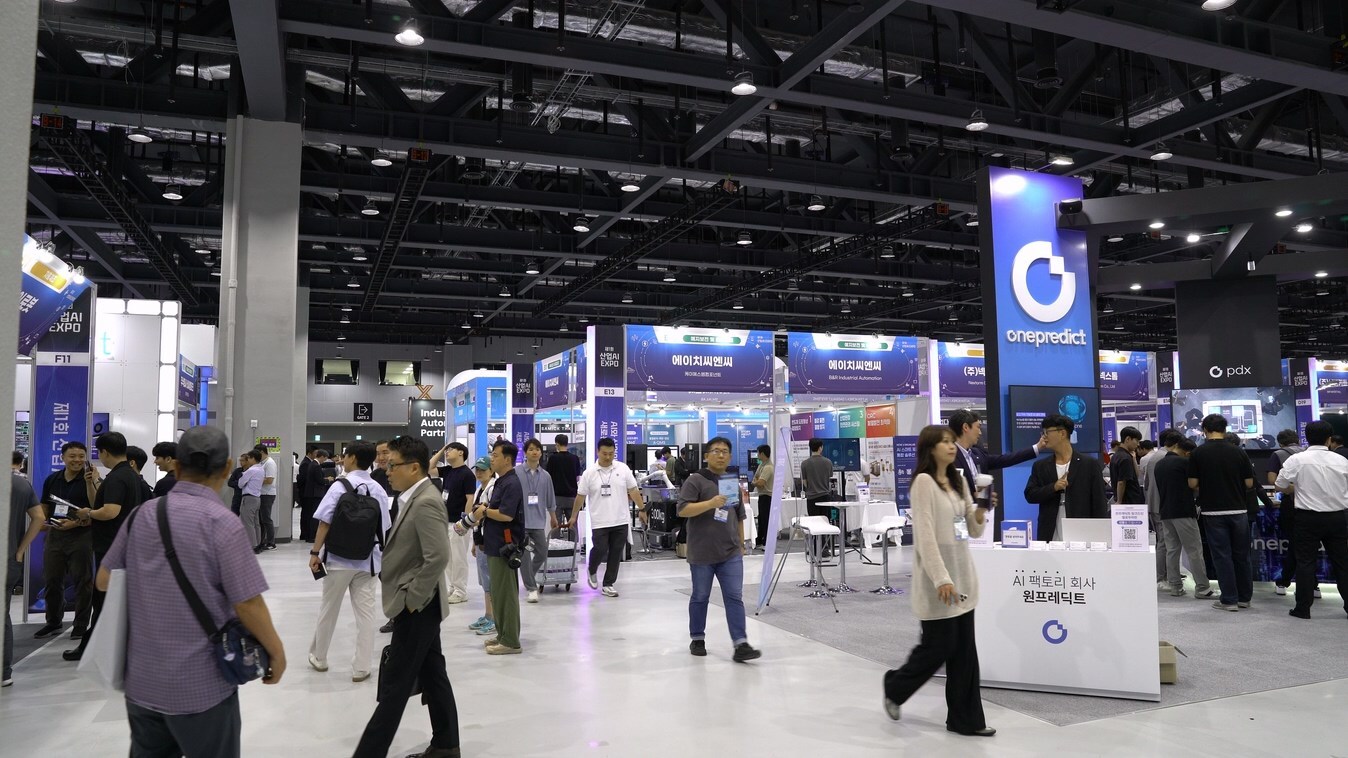Governance First: How Enterprises are Building Trustworthy AI at Scale
Author: Editorial Team

Across industries, the rapid adoption of artificial intelligence in business processes is outpacing the development of formal governance and risk controls. A growing chorus of experts warns that AI is already embedded in day-to-day workflows, often without IT oversight. A recent Rapid scan of industry reporting highlights a pattern: a majority of AI tools inside large organizations operate in the shadows, and sensitive data frequently travels through AI-enabled features that departments may not fully understand or control. In parallel, regulators are moving to close the accountability gap. Europe’s AI Act, with its requirements for transparency, documentation, and risk assessments, signals a new era in which governance is not a hindrance to innovation but a foundation for sustainable scale. In this environment, leading companies are answering with governance-first design: embedding safety, explainability, and policy controls into products from the outset rather than treating them as add-ons after deployment.
One of the core ideas emerging from industry thought leadership is that governance should be invisible to users while visible to policy and security teams. A number of providers have started to integrate governance controls inside their AI offerings so that access, outputs, and retention are managed under a single compliance umbrella. LeapXpert, for example, describes a governance-first approach in its Maxen platform, embedding AI within enterprise guardrails rather than tacking it onto consumer chat apps. This approach ensures that access is enforceable at the user level, outputs are explainable, and data retention rules stay intact even as AI features proliferate within an organization. For executives, the lesson is clear: building governance into the product roadmap is not a tax on speed but a path to safer, sustainable AI-enabled growth.
A useful lens for understanding current momentum is to look at concrete corporate developments that reflect the shift toward trustworthy AI. VisionSys AI Inc., formerly known as TCTM Kids IT Education Inc., recently announced a name change and a plan to list on Nasdaq under the symbol VSA after receiving a change-of-name registration from the Cayman Islands registrar. The company describes itself as an emerging technology services firm focusing on brain-machine interaction and AI-powered healthcare and biotech solutions. The formal rebranding signals a broader, more ambitious ambition for AI-enabled services, while retaining the company’s core emphasis on intelligent systems that bridge innovation with real‑world impact.
Security and identity management are central to this governance-focused narrative. In a major industry move, Rubrik announced an expanded integration with CrowdStrike Falcon Next-Gen Identity Security. The collaboration is designed to enable customers to surgically rollback malicious identity changes and restore identity providers to safe configurations. As identity-driven attacks rise in speed and sophistication, the ability to revert to a known-good state—without rebuilding from scratch—represents a practical and scalable defense. The update underscores a broader industry trend: identity resilience is now a first-order security problem, not a secondary concern.
Beyond governance and security, enterprises are turning to architecture that speeds detection and reduces cost through smarter data handling. ReliaQuest unveiled GreyMatter Transit, the industry’s first native data pipeline capable of detecting threats in motion rather than only at endpoints or SIEMs. By prioritizing data visibility and reducing redundant storage, GreyMatter Transit promises faster threat hunting, improved correlation, and lower total storage cost. In practice, this means security teams can see and respond to suspicious activity as it unfolds, rather than waiting for log data to arrive at a centralized repository.

Rubrik and CrowdStrike announce deeper integration to restore identity configurations after malicious changes.
The industry’s broader ecosystem is also aligning around trustworthy AI through strategic partnerships and memberships. Damco Solutions recently joined The Center for Trustworthy AI as a founding member, signaling a commitment to building AI systems that meet rigorous standards for safety, accountability, and governance across technology services. Such coalitions are important because they provide a shared framework for risk assessment, auditing, and regulatory compliance—elements that enterprises increasingly need as AI becomes embedded in critical functions.

Damco Solutions becomes a founding member of The Center for Trustworthy AI.
In the services arena, the now-rebranded VisionSys AI Inc. illustrates how governance and AI can be embedded into client workflows. The company’s press materials describe an expanded portfolio that leverages brain-machine interaction and AI-enabled health and biotech solutions. As featured businesses look to scale AI across regulated industries, the emphasis remains on meeting stringent privacy requirements, implementing robust audit trails, and ensuring that outputs from automated decision systems can be explained and verified.
The enterprise software landscape is increasingly driven by AI-enabled operations across back-office tasks, where orchestration platforms must balance speed with compliance. Millennial Shift Technologies and Patra Corporation announced a partnership to bring Patra’s OnDemand processing into the mShift Marketplace, delivering an integrated back-office servicing center for brokers and agents. The arrangement enables submission clearance, AI-driven policy checking and stamping, compliance and licensing, and surplus lines filing without leaving the marketplace. By standardizing processing workflows and enabling AI‑assisted checks, the collaboration exemplifies how back-office automation can scale responsibly without compromising regulatory obligations.
Announced in parallel were industry-wide demonstrations of agentic AI in enterprise hackathons and innovation programs. Vista Equity Partners highlighted winners of its 8th Annual North American and Global Hackathons, with a focus on agentic AI that expands automation while preserving control and governance. The events, which foster cross-pollination among developers inside Vista’s portfolio, illustrate how the enterprise software ecosystem can accelerate practical, governance-conscious AI solutions that address real business needs.

Vista Equity Partners announces the winners of its Agentic AI Hackathons.
On the regulatory frontier, the industrial AI wave is gaining momentum across regions, with events such as The Korea Industry Daily’s Industrial AI EXPO 2025 marking milestones in Korea’s AI-driven industrial transformation. The expo showcased AI applications across manufacturing and electronics, signaling how national programs are accelerating the deployment of AI at scale in industry. The event serves as a microcosm of the global push to link AI capabilities with tangible productivity gains within regulated environments, where governance and accountability are non-negotiable.

Industrial AI EXPO 2025 in Seoul highlights Korea’s push toward AI-driven industrial transformation.
A recurring theme across these developments is the risk of hidden AI—features that deploy inside familiar apps without explicit IT approval. The Fast Company piece on AI governance emphasizes a “shadow AI crisis,” where tools ship updates and new capabilities without oversight, leading to data exposure and governance gaps. It points to a rising need for governance-first architectures and continuous discovery across SaaS platforms. The idea is not to shun AI but to make it transparent: to inventory, monitor, and govern AI-enabled features in real time, ensuring compliance with data-handling rules, retention policies, and regulatory requirements.
Industry leaders argue that the future of AI lies in transparency and control baked into the product design. LeapXpert’s approach demonstrates how governance can be woven into the fabric of AI-enabled communications, enabling explainable outputs, retention controls, and access governance that persist across software updates. Regulators’ focus is intensifying, and the EU AI Act’s enforcement is moving from theory to practice. In this framework, executives are urged to treat governance not as a burden but as a competitive advantage—one that enables safer experimentation, faster innovation, and long-term trust with customers and partners.
The path forward envisions real-time discovery paired with governance-first assistants that keep data inside compliant boundaries while providing actionable insights. As one industry observer put it, the companies that will succeed are those that build visibility and control into their AI strategies from day one. That means disclosing AI usage, explaining how outputs are generated, and retaining data in auditable ways. In short, governance‑forward AI is not antithetical to innovation; it is its essential scaffolding, enabling scalable, accountable, and ethical AI deployments across sectors.
In a practical sense, the unglamorous work of governance—tracking who has access, auditing outputs, enforcing retention, and ensuring data minimization—will increasingly be the differentiator for AI programs. For organizations that want speed without surprise, the answer is not to abandon AI projects but to embed the safeguards that allow them to move quickly and responsibly. The converging signals from technology providers, industry coalitions, and regulators point to a future where governance is the driver of durable AI innovation rather than a brake on it.

Fast Company highlights the risk of ‘shadow AI’ and argues for governance-first AI adoption.
Concluding, the current moment in AI adoption is less about chasing the next breakthrough and more about building a reliable operating system for AI within enterprises. The governance-first model shows promise across public and private sectors: from the engineering desks inside VisionSys AI to the security operations centers using GreyMatter Transit, from regulatory-driven collaborations to the back-office automation powered by OnDemand services. The throughline is clear: with continuous discovery, transparent governance, and responsible deployment, AI can accelerate productivity while maintaining trust, compliance, and accountability. The companies leading this transition do not view governance as a constraint but as a strategic asset that unlocks scalable, resilient AI at enterprise pace.